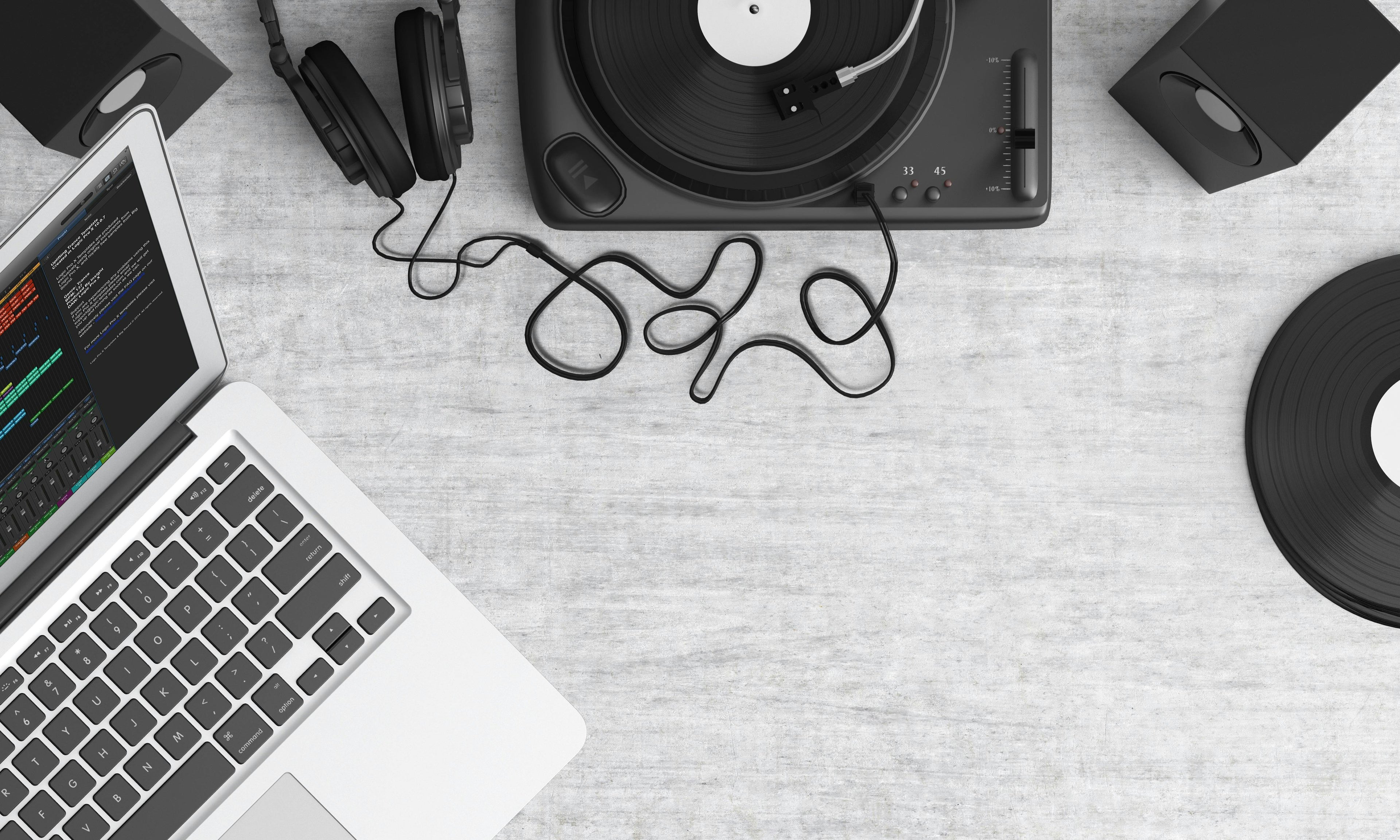Making Music at Home: How to Create Songs with Limited Equipment
Making music doesn’t require an expensive studio, shelves full of high-end gear, or a professional engineer at your side. Many of the greatest artists started with only the basics, using creativity and resourcefulness to bring their ideas to life. If you have passion and a willingness to experiment, you can transform even the simplest setup into a space where songs come alive. In this article, we’ll explore practical strategies, tools, and mindsets that show how to make music at home with limited equipment while still achieving results that sound polished and expressive.
Choosing the Right Space in Your Home
The first step to making music at home is deciding where you’ll create. A quiet, comfortable environment can be more valuable than extra equipment. Even if you don’t have a dedicated studio, you can repurpose a bedroom, living room corner, or basement into a creative zone. Carpets, curtains, or even a mattress propped against the wall can reduce unwanted echoes. By controlling your environment, you create a foundation for better recordings and a space that inspires you to keep coming back.
Understanding the Power of Minimal Gear
When people wonder how to make music at home with limited equipment, they often imagine they’ll be at a disadvantage. The truth is that too much gear can sometimes be overwhelming. With just a laptop, a pair of headphones, and free or inexpensive software, you can create full songs. This minimalist approach forces you to focus on ideas, performance, and creativity rather than getting lost in endless technical options. Working within boundaries can spark innovation, making you more intentional with every note you record.
Making the Most of Your Computer and DAW
At the center of home music creation is your computer and digital audio workstation, often called a DAW. Programs like GarageBand, Audacity, Reaper, or Ableton Live Lite are accessible options that let you record, edit, and mix without heavy costs. Learning your DAW deeply is more important than owning the most advanced one. With limited equipment, mastery of your tools becomes your greatest advantage. Explore shortcuts, practice layering tracks, and experiment with the built-in instruments and effects to maximize what you already have.
Working with Headphones Instead of Monitors
Professional studios often rely on expensive monitors to mix music accurately. At home, especially with limited gear, a good pair of closed-back headphones can serve you well. They block out background noise and allow you to hear details in your recordings. While headphones can exaggerate certain frequencies, the key is to learn how your pair translates to other speakers. Listen to reference tracks you admire through your headphones to train your ears and ensure your mixes sound balanced outside your room.
Using Your Voice and Everyday Sounds
If you’re exploring how to make music at home with limited equipment, one of the best instruments you already have is your voice. It can serve as melody, harmony, or even percussion when recorded creatively. Beyond singing, you can tap into household objects for unique sounds. A glass of water, a set of keys, or even the rhythm of typing can become layers in your track. Sampling your own environment is both free and highly personal, adding textures that no plugin can replicate.
Affordable Microphone Options
While high-end microphones can capture breathtaking detail, you don’t need them to get started. A simple USB condenser microphone offers solid quality for vocals and instruments while connecting directly to your computer. If you prefer an XLR microphone for more flexibility, pair it with an entry-level audio interface. The goal is not to spend heavily but to choose equipment that balances affordability with durability. By learning microphone technique—such as maintaining consistent distance and using a pop filter—you can achieve clarity and warmth that rivals professional setups.
Recording with Limited Tracks
When working with minimal equipment, it helps to think carefully about track counts. Instead of dozens of layers, aim for fewer, well-crafted recordings. This approach simplifies your workflow and makes each element stand out more clearly. Focus on capturing strong performances and using thoughtful arrangements rather than relying on sheer quantity. Limiting yourself to fewer tracks can make your songs more focused and easier to mix.
Leveraging Free and Low-Cost Plugins
Software plugins can open up a world of sound design, but many beginners don’t realize how many free options are available. Reverbs, delays, compressors, and EQs can all be found without cost, allowing you to shape your music without breaking your budget. The art of how to make music at home with limited equipment often comes down to resourcefulness. Try experimenting with a few plugins until you truly understand them instead of downloading too many at once.
Writing Songs with Simplicity
Complex productions aren’t always necessary to make music that resonates. Some of the most memorable songs are built on simple chords and heartfelt lyrics. If your setup is minimal, lean into the basics of songwriting. Develop strong melodies, meaningful words, and rhythms that move you. A great song will shine even in its rawest form, and later you can expand the production if you choose. By focusing on the song itself rather than gear, you build skills that last.
Practicing Consistent Recording Habits
Consistency is key to improving your craft at home. Treat your music-making sessions like appointments, setting aside specific times each week to record and experiment. Even short daily sessions can lead to major growth over time. Developing habits also helps you overcome the common frustrations of limited equipment. The more you practice, the more you’ll learn to squeeze the best results out of your tools and environment.
Mixing with Limited Tools
Mixing is often seen as a challenge, especially with limited gear, but simple approaches can still produce strong results. Start by balancing volume levels so no track overwhelms the others. Use EQ to carve out space for vocals and instruments, and apply light compression to control dynamics. Instead of loading multiple effects, focus on clarity and balance. Remember, less is often more. Mixing is about helping the song shine, not drowning it in processing.
Mastering the DIY Way
Professional mastering engineers use advanced equipment, but at home you can still give your songs polish. Online mastering tools and plugins provide a starting point, adjusting loudness and EQ for consistency. While these won’t fully replace the trained ear of an engineer, they can prepare your music for sharing on streaming platforms or social media. With time, you’ll learn how subtle adjustments make a big impact.
Collaborating from Home
Another way to make the most of limited equipment is to collaborate with others remotely. Share files with friends, trade instrumental parts, or co-write lyrics online. Collaboration not only expands your creative palette but also brings fresh perspectives that can overcome the limits of your setup. With file-sharing platforms and free communication tools, working together has never been easier, even from separate homes.
Learning from Limitations
One of the hidden strengths of limited equipment is the way it sharpens your creativity. When you can’t rely on endless options, you’re forced to innovate. Many producers deliberately restrict themselves, setting rules like using only three tracks or recording everything in one take. These exercises can lead to surprising results and push you to grow as an artist. Embracing limitations as opportunities rather than obstacles is key to sustaining your journey.
Sharing Your Music Online
Once you’ve created and refined your songs, the next step is to share them. Platforms like SoundCloud, Bandcamp, and YouTube allow you to showcase your music with little or no cost. Even if your equipment is minimal, the internet gives you a stage to reach listeners worldwide. Don’t wait until everything is perfect to release music—sharing early helps you gain feedback, build confidence, and connect with an audience that grows with you.
Building Confidence as a Home Musician
Confidence is as important as equipment when making music at home. It’s easy to compare yourself to polished studio productions and feel discouraged, but remember that every professional once started where you are. The process of learning how to make music at home with limited equipment teaches resilience and resourcefulness. Celebrate your progress, record often, and trust that your unique voice has value. With time and dedication, your home recordings will carry the same emotional weight as those made in studios.
Conclusion
Making music at home is not about having the most expensive tools, but about making the most of what you already have. Whether you’re working with just a laptop and headphones or a small setup with a microphone and interface, creativity thrives in simplicity. From writing strong songs and capturing clean recordings to mixing carefully and embracing limitations, you can build a sustainable process that produces results you’re proud of. By practicing regularly, staying resourceful, and sharing your work, you not only learn how to make music at home with limited equipment but also discover the joy of creating music that feels authentically yours.

